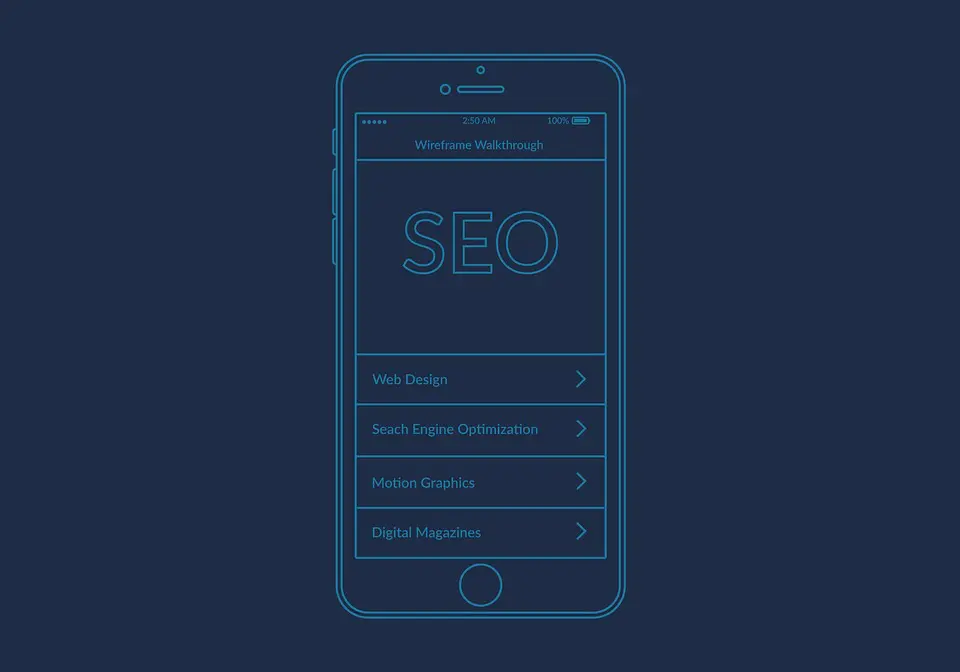Search engine optimization, or SEO, works effectively for many different industries and businesses. It is a powerful tool in marketing and communicating and plays an important role in making your website accessible to search engines and users alike.

(Pixabay / Templune)
Businesses use SEO to improve page rankings in searches. Some website owners, in their zeal to explore the advantages of SEO, may make mistakes that have unintended consequences. While trying to use SEO to their benefit, they may actually drive their website to the bottom of search rankings or even attract a Google penalty.
Here are some mistakes of novices that could hurt website rankings rather than helping them:
- Excessively long titles – Writing lengthy, overly optimized title tags for blog posts is a common mistake of beginners. Search engines, particularly Google, appreciate pithy blog post titles and tend to hide anything that runs beyond 70 characters. Excessively lengthy may have lower click-through rates or other negative consequences.
- Improper keyword research – Failing to properly research keywords puts you at a disadvantage. Research will enable you to find different variations of your target keywords and phrases with good search volume and lower competition. It will also give you an idea of how your competitors use their keywords.
- Ignoring anchor text – Use relevant, keyword-enriched anchor text so your blog is appealing to both users and search engines. Anchor text will allow search engines to scroll through content more easily and better understand how one page relates to another. However, like keyword density, don’t over-optimize your anchor text.
- Inappropriate keyword density – Keyword density refers to the number of times a keyword appears in a blog post divided by the word count of the post. Including a keyword too many times to meet a certain density is called keyword stuffing, and it’s a big no-no that is likely to attract a Google Panda penalty.
- Underestimating the power of the meta description – Meta keywords are no longer useful. Meta descriptions, however, can still provide value by increasing click-through rates with appealing context.
- Images without Alt tags –The use of images in blog posts is good for readers, but search engines have a harder time understanding the context of images. That’s where image Alt tags can help.
Review your blogs for any of these mistakes. Make necessary corrections and continue your path toward higher rankings and increased conversions.